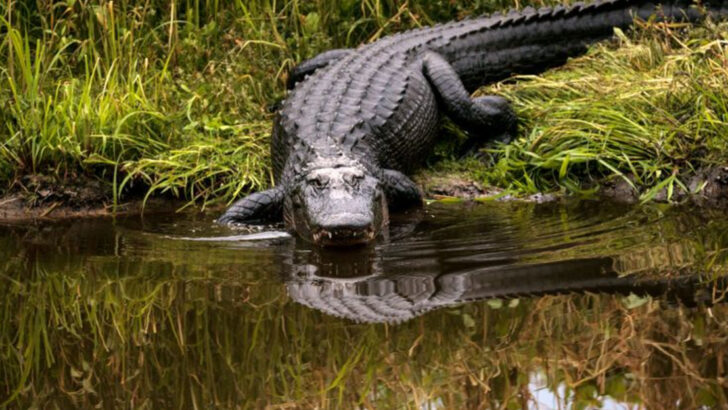Texas is home to some of the most beautiful lakes and rivers in the country, but not all the creatures that call these waters home are harmless. From venomous snakes to alligators, these bodies of water can hide some serious dangers. While many people love to spend time boating, fishing, or swimming in these natural spots, it’s important to stay aware of the potential risks that come with them.
In this article, we’ll highlight 16 dangerous creatures that can be found in Texas lakes and rivers. Knowing what to watch out for can help keep your outdoor adventures safe and enjoyable. By understanding the wildlife in these waters, you can be better prepared to handle any close encounters.
American Alligator
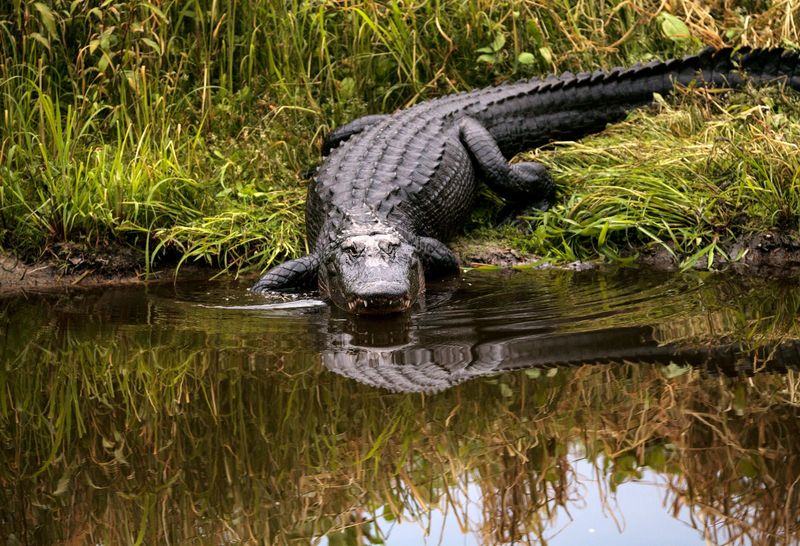
The American Alligator, a prominent inhabitant of Texas rivers, is a formidable predator. Growing up to 14 feet in length, these reptiles are known for their powerful jaws and stealthy swimming. They primarily feed on fish, birds, and small mammals, using their strong tails to propel themselves swiftly through the water.
Encountering an alligator in the wild can be intimidating, but it’s essential to remain calm. These creatures are generally not aggressive unless provoked. It’s crucial to maintain a safe distance and never feed them, as this can lead to dangerous interactions.
Cottonmouth Snake
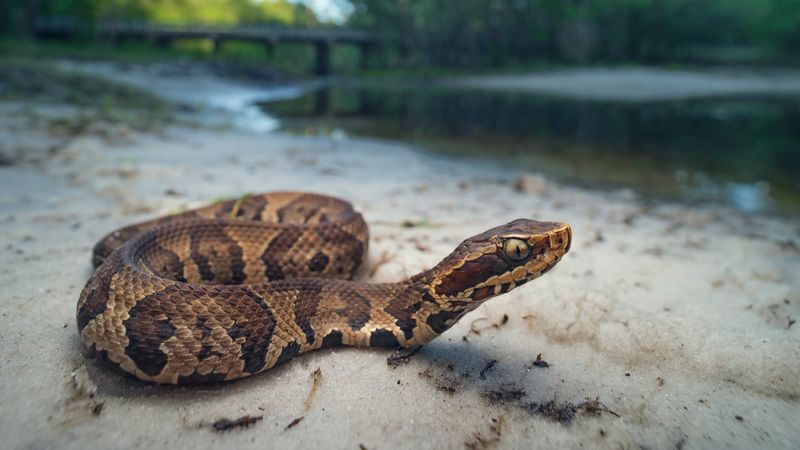
The Cottonmouth Snake, or Water Moccasin, is a venomous reptile found in Texas’s lakes and rivers. Known for its distinctive white mouth, this snake can grow up to four feet long. It often basks on rocks or swims with its head above water.
Cottonmouths are generally not aggressive and prefer to avoid humans. However, if threatened, they will display their white mouths as a warning. Wearing protective footwear and watching your step can help avoid encounters. If bitten, seek medical attention immediately, as their venom can be harmful.
Bull Shark
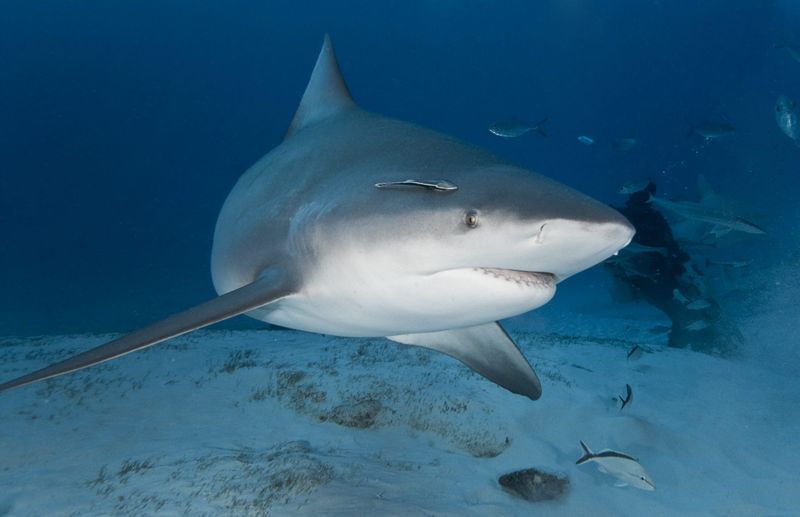
Bull Sharks are unique among sharks, as they can thrive in both salt and freshwater. These predators occasionally venture into Texas rivers, making them a rare but formidable presence. Bull Sharks are known for their aggressive nature and powerful build.
While attacks on humans are rare, it’s advisable to avoid swimming in areas known for Bull Shark sightings, especially during twilight hours. Respecting their space and avoiding provoking them is key to staying safe. Their adaptability to various water conditions makes them an intriguing yet dangerous part of Texas’s aquatic wildlife.
Freshwater Stingray
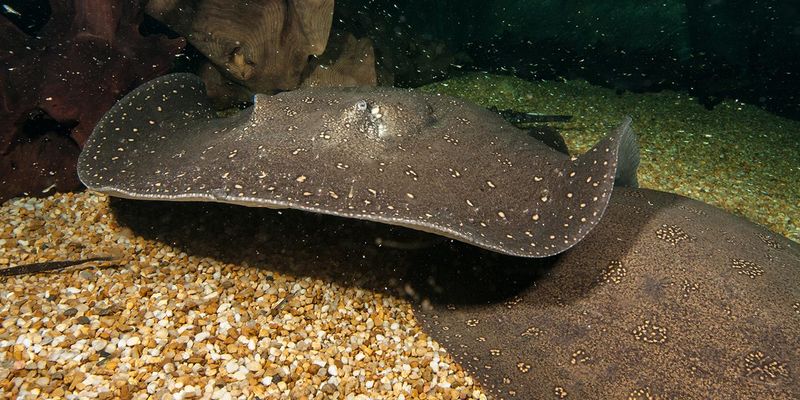
Freshwater Stingrays, although less common, inhabit certain Texas lakes and rivers, adding mystery to the aquatic fauna. These rays have flat bodies and long tails equipped with venomous stingers. Often hidden beneath the sand, they are masters of camouflage.
Accidental stings occur when they are stepped on. It’s wise to shuffle your feet when wading, alerting rays to your presence. Despite their intimidating appearance, they are not aggressive. The sting is painful but rarely life-threatening, yet immediate medical attention is advised to treat potential infections.
Alligator Gar
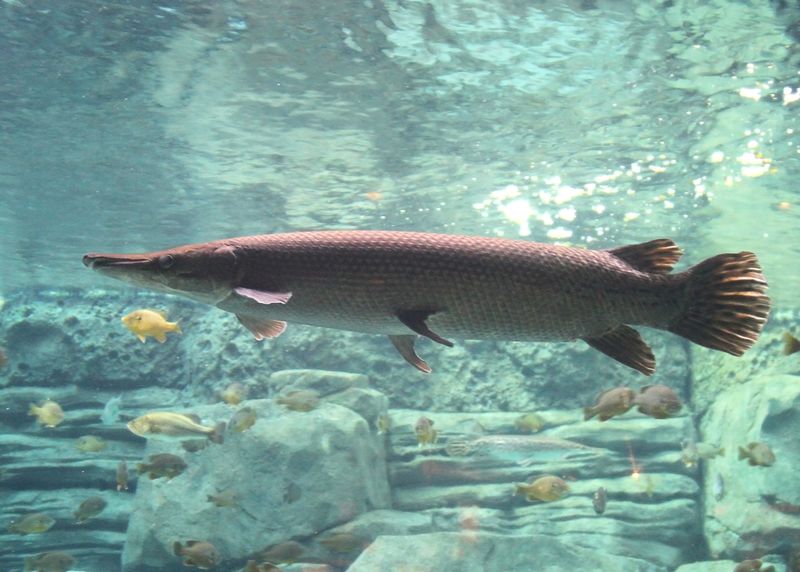
The Alligator Gar, a relic of prehistoric times, resides in Texas’s lakes and rivers. These fish can grow up to 10 feet and weigh over 300 pounds, making them one of the largest freshwater fish. Their elongated bodies and sharp teeth contribute to their fearsome look.
Gar are not a threat to humans, but their size and power demand respect. Anglers often seek them for sport, appreciating their challenging catch. Observing these giants in their natural habitat provides a glimpse into an ancient world, blending the past and present in Texas waters.
Blue Catfish
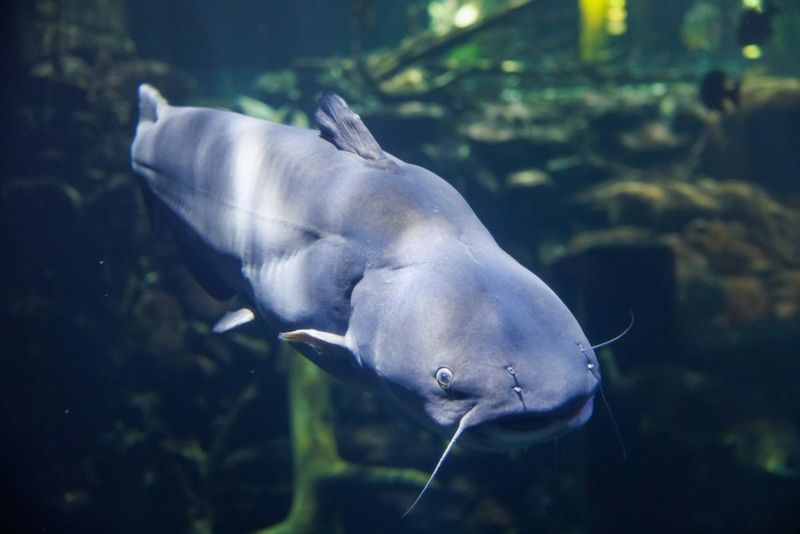
Blue Catfish are among the largest catfish species in North America, found in Texas’s waters. These fish can weigh up to 150 pounds and thrive in muddy river bottoms. Their whiskers help them navigate and locate prey in the murky depths.
Known for their impressive size, Blue Catfish are a popular target for anglers. While not dangerous to humans, their sharp spines can cause injury if mishandled. Handling these fish with care and using proper fishing techniques ensures a safe and rewarding experience. Their presence enriches Texas’s diverse aquatic ecosystem.
Red-Eared Slider Turtle
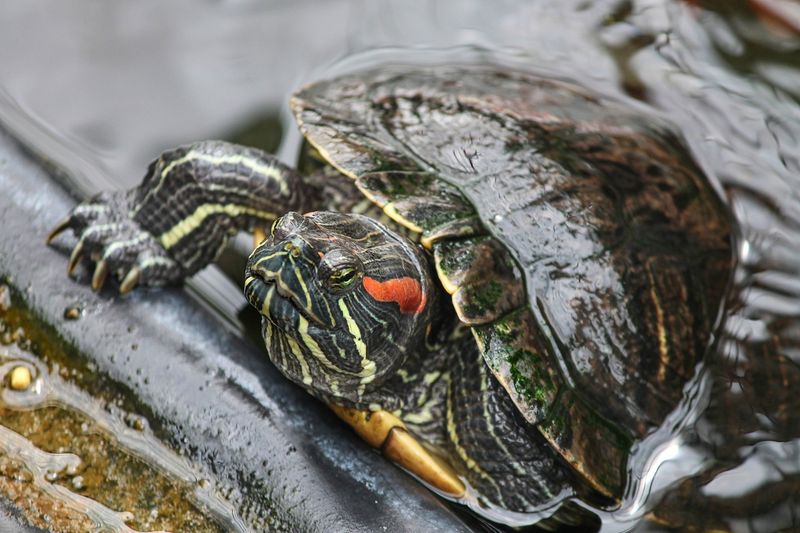
The Red-Eared Slider Turtle, commonly seen in Texas lakes, is known for the red stripes behind its eyes. These turtles are popular among pet owners but can pose ecological risks. Released pets contribute to invasive populations, threatening local wildlife.
While not dangerous, it’s essential to avoid handling wild turtles to prevent disrupting their natural behavior. Observing them from a distance allows these creatures to thrive without interference. Their adaptable nature makes them a notable part of Texas’s aquatic landscape, offering opportunities for nature enthusiasts to observe their habits and habitats.
Texas Cichlid
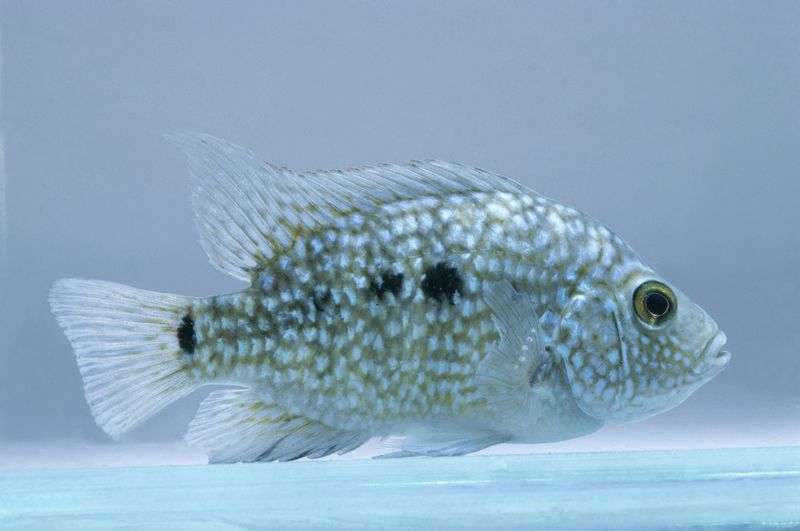
The Texas Cichlid, the only cichlid native to the U.S., inhabits the state’s warm, slow-moving rivers. Known for their vivid colors, these fish add a splash of brilliance to Texas waters. Their aggressive nature, especially during breeding, can disrupt ecosystems.
Observing Cichlids in their natural habitat requires care, as they defend their territory fiercely. Providing ample space between yourself and nesting sites minimizes disturbances. These fish contribute to the diverse aquatic tapestry of Texas, offering a colorful spectacle for those who explore their riverine environments. Watching them interact is a visual treat.
Zebra Mussel
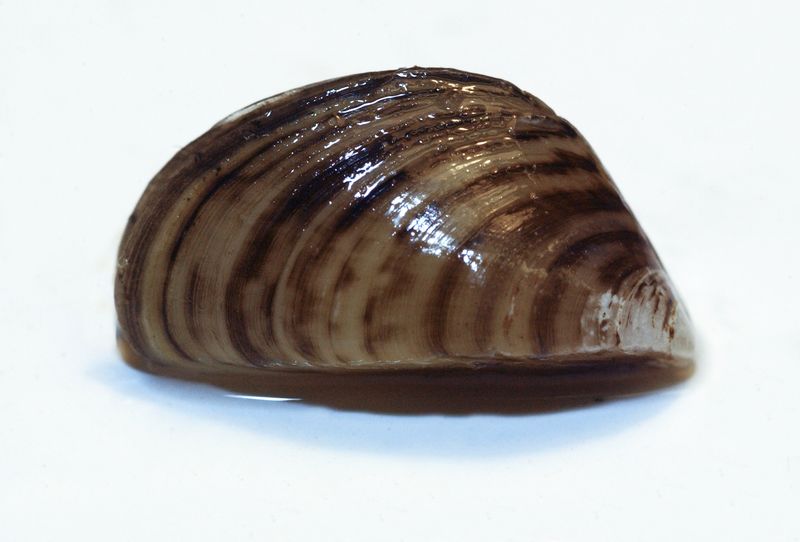
Zebra Mussels, though small, are a significant threat to Texas’s aquatic ecosystems. These invasive mollusks adhere to surfaces in massive numbers, clogging pipes and damaging infrastructure. Their rapid reproduction can disrupt local habitats.
Preventing the spread of Zebra Mussels involves cleaning boats and equipment before moving between water bodies. Awareness and proactive measures help protect Texas’s waterways from their detrimental effects. Though not directly dangerous to humans, their ecological impact is profound, emphasizing the need for vigilance and responsible practices when enjoying Texas’s lakes and rivers.
Flathead Catfish
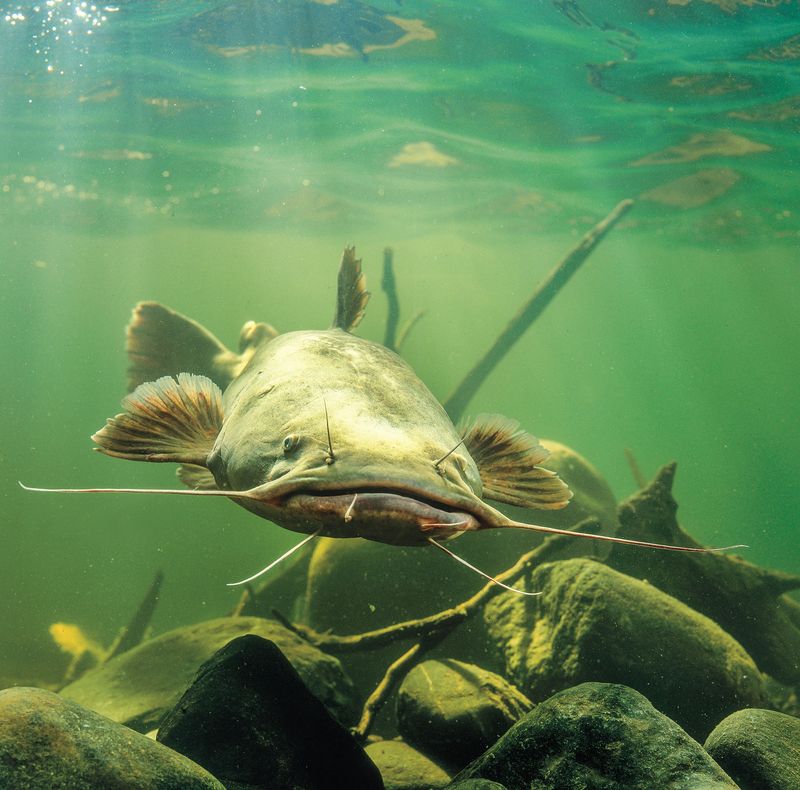
Flathead Catfish are a dominant species in Texas’s rivers, known for their large size and voracious appetite. They can weigh over 100 pounds, preying on smaller fish and aquatic creatures. Their broad heads and whiskers give them a distinctive appearance.
While not dangerous to humans, Flathead Catfish require careful handling due to their spines. Anglers often seek these giants for sport, requiring strength and skill to catch. Their role as top predators helps maintain ecological balance, contributing to the health and diversity of Texas’s aquatic environments.
Giant River Otter
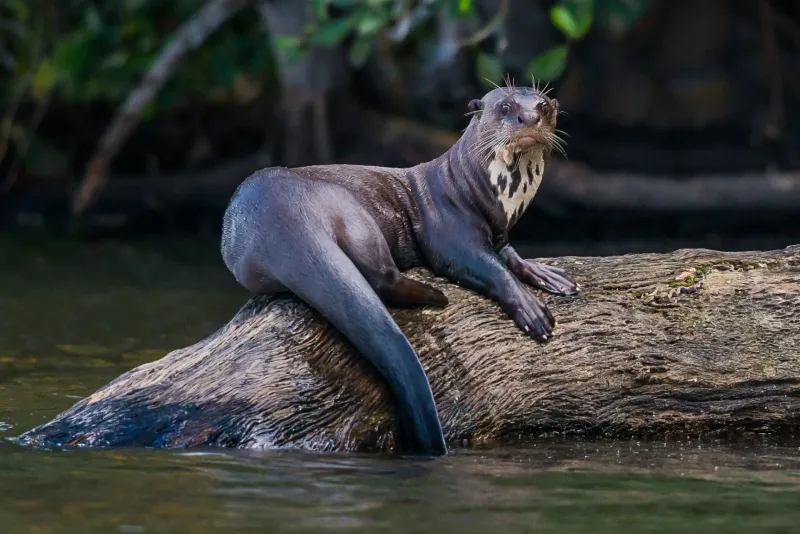
Giant River Otters are rare in Texas, but their presence adds charm to the state’s waterways. These social animals are known for their playful behavior and strong familial bonds. They hunt fish with remarkable agility, showcasing their sleek bodies and webbed feet.
Observing otters in the wild is a delight, though it’s essential to respect their space. Avoiding loud noises and sudden movements ensures they remain undisturbed. Their playful antics and interactions illustrate the vibrant life within Texas’s aquatic habitats, offering a glimpse into the complex dynamics of river ecosystems.
Common Snapping Turtle

The Common Snapping Turtle is a familiar sight in Texas lakes and ponds. Known for their powerful jaws and aggressive nature, these turtles can be formidable. They prefer muddy bottoms where they lie in wait for prey.
While not inherently dangerous, snapping turtles should be approached with caution. Their bites can cause injury if provoked. Maintaining a respectful distance prevents unwanted encounters. Watching these ancient reptiles in their natural habitat offers insight into their survival strategies and adaptation over millions of years, reflecting the rich biodiversity of Texas’s aquatic life.
Western Diamondback Rattlesnake
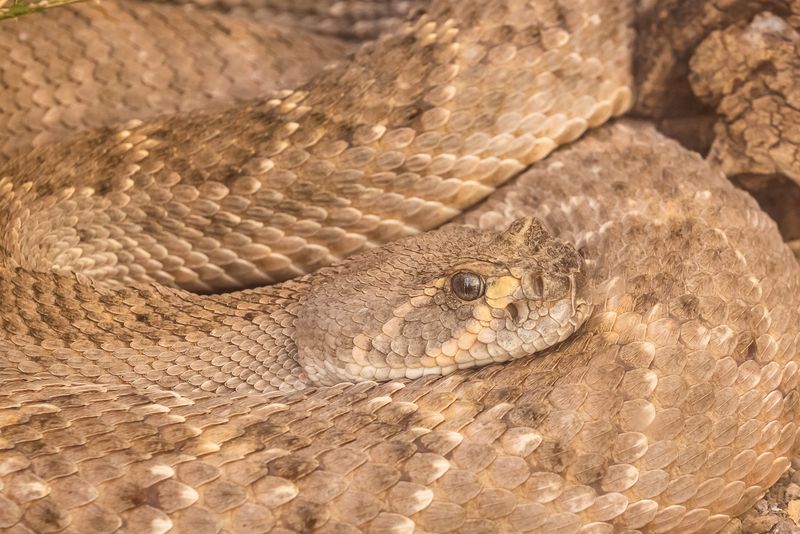
The Western Diamondback Rattlesnake is iconic in Texas, often found near rivers and lakes. Recognizable by its diamond pattern and menacing rattle, this snake commands respect. Its venomous bite can be dangerous, requiring immediate medical attention.
These snakes prefer to avoid confrontation and will usually rattle as a warning before striking. Staying alert and wearing protective clothing when hiking near water helps prevent encounters. Their presence is a vital part of the ecosystem, controlling rodent populations and maintaining ecological balance. Observing them from a distance highlights Texas’s wild beauty.
River Cooter Turtle

River Cooter Turtles are common in Texas rivers, recognized for their streamlined shells and gentle nature. These turtles are herbivorous, feeding on aquatic vegetation and contributing to the health of their ecosystems.
While harmless to humans, observing them requires care not to disturb their habitats. Their presence in the waterways provides opportunities for nature enthusiasts to appreciate the tranquil life within Texas’s rivers. These turtles symbolize the serene and balanced environments where they thrive, inviting onlookers to reflect on the interconnectedness of nature’s aquatic systems.
Longnose Gar
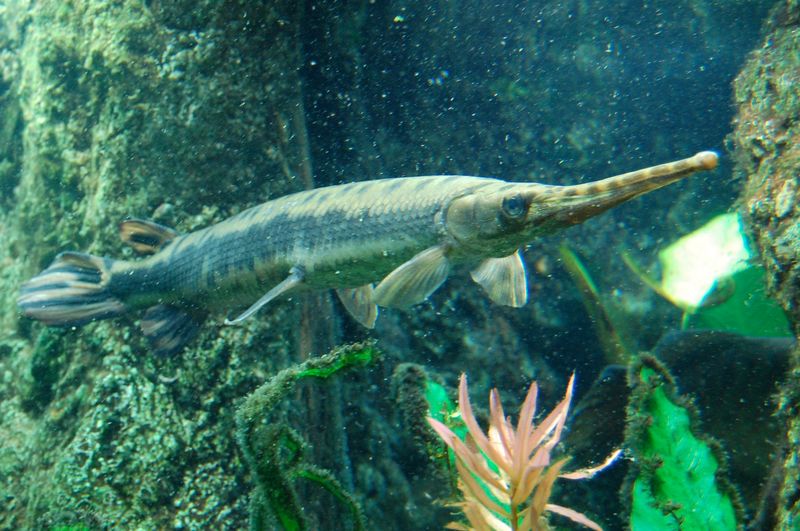
The Longnose Gar, with its elongated snout and sleek body, is a fascinating inhabitant of Texas’s rivers. These fish can reach lengths of six feet and are adept hunters, using their sharp teeth to catch prey.
While not dangerous to humans, Longnose Gar are often pursued by anglers for their unique appearance and challenge. Their ability to survive in various water conditions highlights their adaptability. Observing these ancient creatures provides insight into evolutionary success, as they have remained relatively unchanged for millions of years, embodying the resilience of Texas’s aquatic life.
American Eel
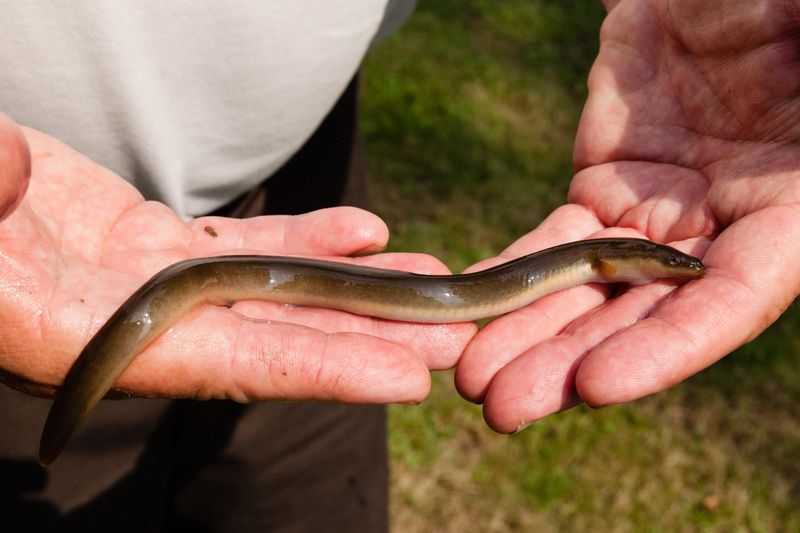
The American Eel, with its serpentine appearance, is a mysterious resident of Texas lakes and rivers. These eels are nocturnal, often hiding in crevices during the day and emerging at night to hunt. Their flexible bodies allow them to navigate tight spaces.
Though not harmful to humans, their slippery nature makes them difficult to handle if caught. Understanding their behavior and habitats enhances appreciation for these enigmatic creatures. Their life cycle, including long migrations, adds to the intrigue, making them a captivating subject for those exploring Texas’s underwater world.

